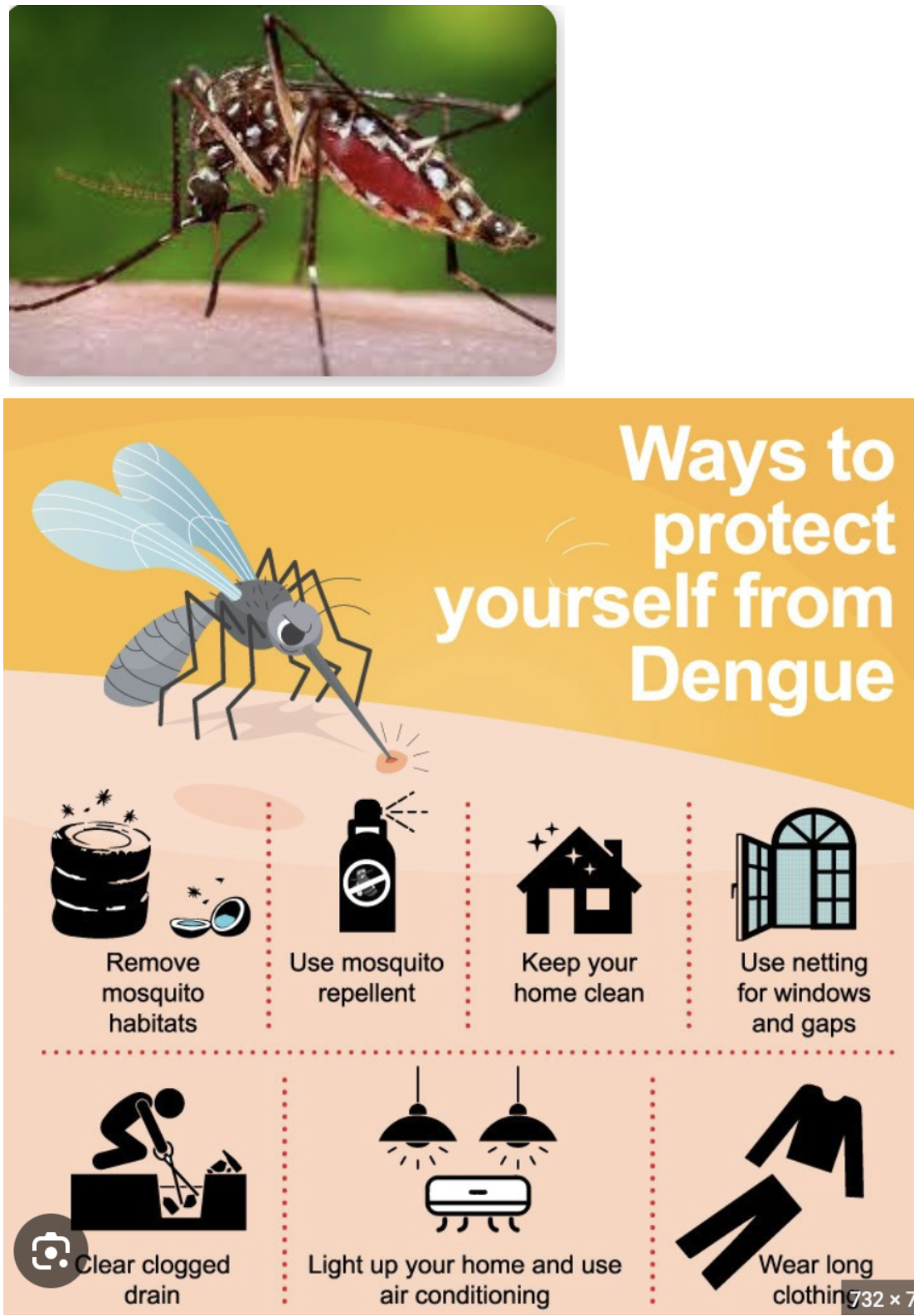
(THE BATTLE BETWEEN THE BULLS AND THE BEARS WILL BE COMING TO A STAGE NEAR YOU IN THE 4TH QUARTER)
October 23, 2023
Hello everyone,
Welcome to the final full week in October. We have Halloween, Thanksgiving, and Christmas/New Year ahead of us.
And we have a packed economic calendar and earnings. Here’s what’s on our plate this week.
Monday, Oct. 23
8:30 a.m. Chicago Fed National Activity Index (September)
10:00 a.m. ET Euro Area Consumer Confidence Flash
Previous: -17.8
Tuesday, Oct, 24
9:45 a.m S&P Global PMI Composite preliminary (October)
9:45a.m S&P Global PMI Manufacturing (October)
9:45a.m S&P Global PMI Services (October)
10 a.m. Richmond Fed Index (October)
8:30 p.m. ET Australia Inflation Rate
Previous: 6%
Earnings: Alphabet, Microsoft, F5, Visa, Texas Instruments, General Electric, NextEra Energy, Raytheon Technologies, Sherwin-Williams, Dow. Inc, General Motors, 3M, PulteGroup, Halliburton, Coca Cola, Kimberly-Clark, Corning.
Wednesday Oct, 25
8 a.m. Building permits final (September)
10 a.m. New Home sales (September)
10:00 a.m. ET Canada Interest Rate decision
Previous: 5.0%
Earnings: Hilton Worldwide, General Dynamics, Old Dominion Freightline, T-Mobile US, Boeing, Hess, Meta Platforms, Raymond James Financial, Align Technology, Whirlpool, International Business Machines, O’Reilly Automotive.
Thursday Oct, 26
8:30 am Durable goods orders (September)
8:30 am GDP (Q3)
8:30 am Initial claims (week ended Oct. 21)
8:30 am Wholesale inventories preliminary
8:15 am ET ECB Interest Rate Decision
Previous: 4.5%
Earnings: Honeywell International, Keurig Dr Pepper, Northrop Grumman, PG&E, Mastercard, Amazon, Royal Caribbean Group, Tractor Supply, United Parcel Service, Willis Towers Watson, Hasbro, Southwest Airlines, Comcast, Hershey, Intel, L3Harris Technologies, Ford Motor, Dexcom, Capital One, Chipotle Mexican Grill, Emphase Energy.
Friday, Oct, 27
8:30 am Personal consumption expenditure (September)
8:30 am Personal income (September)
8:30 am ET US Core PCE Price Index
Previous: 3.9%
Earnings: Phillips 66, Chevron, AbbVie, Stanley Black & Decker, Exxon Mobile, Colgate-Palmolive, T. Rowe Price Group.
We have all seen how Bonds have been shoving stocks down the hillside. They are down but not out and could possibly rally well in the Q4. Stocks are a great hedge against inflation. Many portfolio managers and analysts are arguing that the high for the year is not in and that we could see a 4-6% gain by the end of the year.
Analysts are starting to see green shoots. Some argue that banks are bottoming just as they did in March of 2020, which ended in a year-end rally that commenced in Q4. Furthermore, they see expanding breadth for stocks. In other words, we should see more stocks rising than falling. And analysts argue that is a buy signal for the Russell 2000, retail via the SPDR S&P Retail ETF XRT and regional banks via the SPDR S&P Regional Banking KRE. Portfolio managers are also expressing interest in transports as they are deeply oversold. Included here are airlines and railroads. (That doesn’t mean you go out and buy all these stocks straight away. The bulls and bears will likely be squabbling for a while yet, so just be patient.)
On the other side of the coin are those that see the stock market moving lower. Several analysts see investor emotions taking over when they see the stock market falling and then realize something is very wrong. As this realisation becomes apparent a washout becomes inevitable as many investors decide to get out, either because they can’t take it anymore or because they expect a terrible event is close at hand – a climatic stock market drop and/or an economic depression. Cash is the best protection here. Cash reserves soften the performance drawdown, and you are well-positioned when the selling gets heated.
The high in Bond Yields is expected to peak around 5.25%. And we may not even get to that number.
The Middle Eastern conflict has created another layer of uncertainty over the market. The threat of the war escalating and drawing in allies and other neutral countries should be recognized and taken seriously. All countries need to work together to de-escalate the Middle Eastern conflict.
S&P 500
From a technical standpoint the S&P has broken weekly trendline support, so we could see more downside to around the mid 4,100’s. If you look at the S&P through an Elliott Wave lens, particularly over the last couple of years, since peaking at 4,819 in January 2022, you could interpret that it is undergoing a very complex correction structure, which is still developing and risks testing the 3,800 level over coming weeks/months.
Earnings and economic data will certainly have a strong influence over the markets this week.
Gold
The uptrend in Gold should continue and extend onto the next key chart resistance at $2,072. The next key target after that is $2,244. Support should hold around mid $1,900, but a push lower to $1900/$1880 cannot be ruled out.
Brent Crude Oil
Brent Crude displays a developing 14-month Inverse Head and Shoulders reversal formation with a potential upside target of around $126.50. A sustained break above neckline resistance at $97.85 will confirm this reversal target.
In other news:
Aid trucks have entered Gaza from Egypt, but the real challenge will be in distributing this aid where it is needed.
Israeli attacks on Gaza have increased.
The U.S. has pledged to provide Israel and Ukraine with billions of dollars in aid.
Still no Speaker in the House.
David Attenborough, 97, is back at work.
He will present the third series of the BBC’s award-winning natural history programme, Planet Earth. It will air later this year on BBC One.
My son, Alex, grew up watching Attenborough’s natural history documentaries. When Alex was aged three I started buying him Attenborough documentary DVDs and books. These included Our Planet, The Blue Planet, Life, The Life of Birds, The Life of Mammals, Life in the Undergrowth, Tiny Creatures, Life in the Freezer, Plants behaving Badly, The Private Life of Plants, and Planet Earth. It gave him a wonderful appreciation of the wonders of nature – something that he still holds today. Thomas the Tank Engine and Bob the Builder were quickly cast aside when David Attenborough became an alternative.

Global warming and the Aedes Aegypti mosquito
Around half the world’s population could be at risk from dengue due to global warming.
Where once this disease was confined to the small pockets of Asia, researchers now confirm that dengue can be found across several continents. In fact, the incidence of dengue has increased by at least 30-fold over the past 50 years.
Half a million cases were reported to the WHO in 2000, rising to 5.2 million in 2019, with the true number of annual infections now estimated to be up to 96 million.
The disease is now considered endemic in more than 100 countries globally. Global warming is driving increasingly hotter and wetter climates in which mosquitos, the main transmitter of dengue, can survive, breed, and further spread.
Dengue is already on the rise in Europe. Its spread has increased across France over the past 12 years; it was identified in more than 70 regions in 2022, compared to just six in 2010.
Analysis from Airfinity, a science data analyst company, showed that locally acquired infections in France could reach 3,000 annually by 2030. Cases of the virus have also been reported in Spain and Italy in recent years, and British experts believe it’s only a matter of time before it takes off in the UK.
It seems that the mosquito that carries dengue, the Aedes albopictus, is often transported into Europe via shipping containers or people’s cars.
In response, funding is being invested into mosquito trapping and monitoring systems at UK ports that aim to detect the insects.
Many dengue infections are asymptomatic, but the virus can occasionally cause fever, body aches, and a rash. Although most cases recover in one to two weeks, some can require hospital care and result in death. In total, 36,000 people die from the infection every year.
The mosquito that transports the dengue virus can be found in Central and Far North Queensland, so if you are ever thinking of travelling to that area of Australia taking precautions is crucial. Wear long sleeves and use insect repellent regularly. There is currently no vaccine to prevent dengue fever in Australia. (There are four different variations of the virus that cause dengue fever, which essentially means that dengue fever behaves like four different viruses, and is why scientists and researchers have struggled to make progress on dengue prevention and treatment methods.)

Wishing you all a wonderful week.
Cheers
Jacquie

